// 03022017 //




// 03022017 //
> This week’s theme - GREEN!
Keep reading
More Posts from Tobefoundlater and Others





▪06.03.17 ▪ So so happy with this spread :“) I started on it when I was in a real bad state but now the week is over and something beautiful came out of it so I’m very grateful to the powers that be.
▪veritas vos liberabit - the truth shall set you free
▪
Hey! I have to do a quick presentation (like 2 minutes, tops) about literally any topic for a nuclear science class. I was thinking something along the lines of radiation in space but I'm clueless. Any suggestions?
You could talk about nuclear fusion in the core of stars, and how stars don’t create elements heavier than iron because instead of creating energy through fusion it requires energy.
All elements heavier than iron are formed during supernovae. After a star dies, the energy can be transferred into creating heavier elements! Thank a dead star for your existence

Geometry notes from semester 1
Ig: studyingeries

Notetaking
Sound Note - take notes while you record audio
Evernote - notetaking that syncs across platforms
Paper 53 - minimal notetaking that syncs
Microsoft OneNote - collaboration and syncing, best for Office users
Google Keep - jot things down, best for Google suite users
Notability - take notes and annotate PDFs
Mindly - create mind maps
Day One - a digital journal
Flash Cards
Quizlet - the quintessential flash card app
StudyBlue - another commonly used app
Cram - best for its “cram mode”
Eidetic - uses spaced repetition for effective memorization
Planner
My Study Life - schedules, tasks, reminders, and more
StudyCal - keeps track of tasks, exams, and grades
24me - automated reminders and event planning
iStudiez - schedule and prioritized task list
Google Calendar - a calendar, best for Google users
Glass Planner - a calendar and to do list with incredible functionality
To Do List
Clear - organized to-do and reminders
MinimaList - simple to-do and focus timer
Trello - collaborative project organizer
Todoist - clean and functional task manager
Default notes app on your phone
Time Management
Forest - plant trees by staying focused
Pomotodo - pomodoro timer with to-do list
Timeglass - custom timers
Tide - pomodoro with white noise
Alarmy - forces you out of bed
Pillow - smart alarm that tracks sleep cycles
Productivity
Workflow - automate tasks
Habitica - turn your habits into an RPG
Continuo - simple, colorful activity tracking
Freedom - block distracting apps
Free Learning
Coursera - free MOOCs
TED - listen to Ted Talks
Duolingo - language learning
Memrise - spaced repetition language vocabulary
Khan Academy - free video lessons
Ambient Noise
8tracks - curated playlists
Spotify - online music streaming
Coffitivity - cafe ambience
Noisli - background sound generator
Rain Rain - rain sounds
Binaural - binaural beats
Health
Rockin Ramen - recipes based on ramen
MealBoard - meal planning
Lifesum - healthy eating
Stop Breath And Think - mindfulness meditation
Pacifica - mental health management
Sworkit - personalized video workouts
Waterlogged - hydration tracker
Reference
WolframAlpha - Google on steroids
Oxford Dictionary - all of English at your fingertips
RefMe - citation generator
PhotoMath - solve math problems by taking a photo
Mathway - step by step math help
Desmos - free graphing calculator
Wikipedia - not the best source, but it’s handy
Miscellaneous
Companion - stay safe when walking alone
Mint - money management
Toshl - finance manager
Tiny Scanner - scan documents


Pink stationery for the start of the school year // ig: pyokkimassu

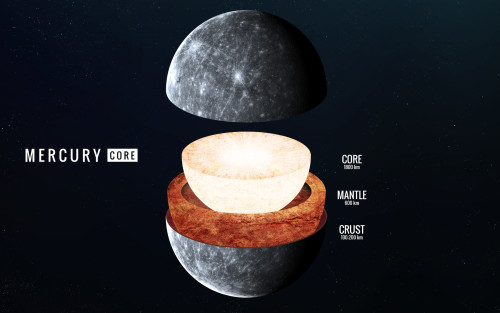
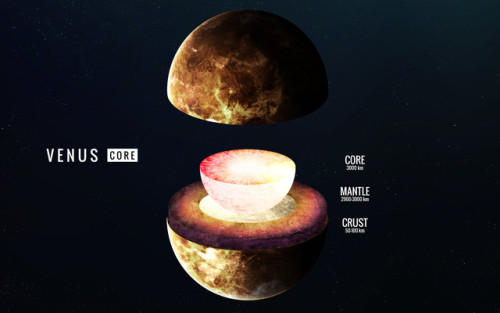

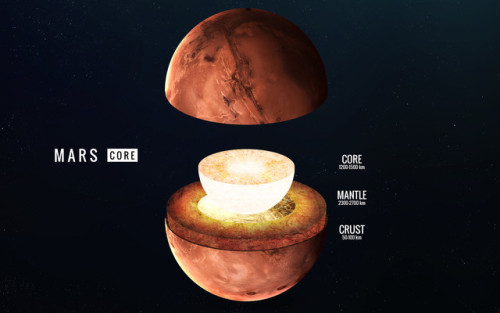
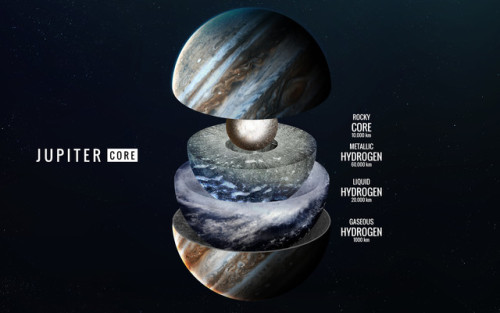
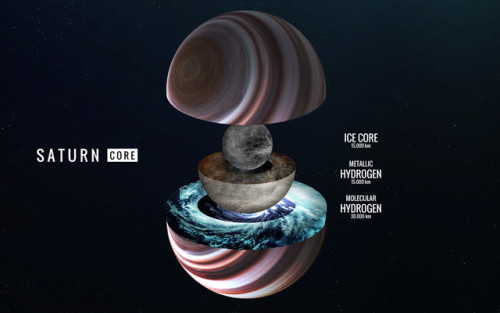
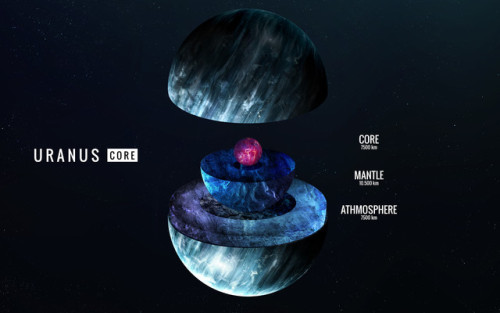
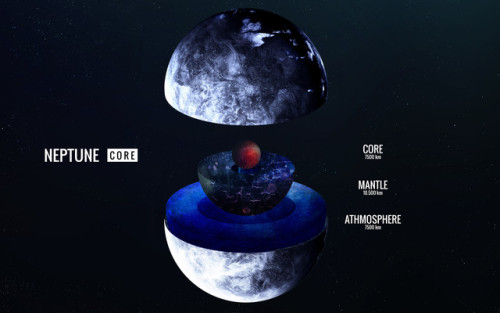
Inside - Vadim Sadovski









Archive moodboard for @polkastudies ♡ If you want one just ask!
It’s Friday...Come Space Out with Us
It’s Friday…which seems like a great excuse to take a look at some awesome images from space.
First, let’s start with our home planet: Earth.

This view of the entire sunlit side of Earth was taken from one million miles away…yes, one MILLION! Our EPIC camera on the Deep Space Climate Observatory captured this image in July 2015 and the picture was generated by combining three separate images to create a photographic-quality image.
Next, let’s venture out 4,000 light-years from Earth.

This image, taken by the Hubble Space Telescope, is not only stunning…but shows the colorful “last hurrah” of a star like our sun. This star is ending its life by casting off its outer layers of gas, which formed a cocoon around the star’s remaining core. Our sun will eventually burn out and shroud itself with stellar debris…but not for another 5 billion years.
The material expelled by the star glows with different colors depending on its composition, its density and how close it is to the hot central star. Blue samples helium; blue-green oxygen, and red nitrogen and hydrogen.
Want to see some rocks on Mars?

Here’s an image of the layered geologic past of Mars revealed in stunning detail. This color image was returned by our Curiosity Mars rover, which is currently “roving” around the Red Planet, exploring the “Murray Buttes” region.
In this region, Curiosity is investigating how and when the habitable ancient conditions known from the mission’s earlier findings evolved into conditions drier and less favorable for life.
Did you know there are people currently living and working in space?

Right now, three people from three different countries are living and working 250 miles above Earth on the International Space Station. While there, they are performing important experiments that will help us back here on Earth, and with future exploration to deep space.
This image, taken by NASA astronaut Kate Rubins shows the stunning moonrise over Earth from the perspective of the space station.
Lastly, let’s venture over to someplace REALLY hot…our sun.

The sun is the center of our solar system, and makes up 99.8% of the mass of the entire solar system…so it’s pretty huge. Since the sun is a star, it does not have a solid surface, but is a ball of gas held together by its own gravity. The temperature at the sun’s core is about 27 million degrees Fahrenheit (15 million degrees Celsius)…so HOT!
This awesome visualization appears to show the sun spinning, as if stuck on a pinwheel. It is actually the spacecraft, SDO, that did the spinning though. Engineers instructed our Solar Dynamics Observatory (SDO) to roll 360 degrees on one axis, during this seven-hour maneuver, the spacecraft took an image every 12 seconds.
This maneuver happens twice a year to help SDO’s imager instrument to take precise measurements of the solar limb (the outer edge of the sun as seen by SDO).
Thanks for spacing out with us…you may now resume your Friday.
Make sure to follow us on Tumblr for your regular dose of space: http://nasa.tumblr.com









How Our Solar System Will End In The Far Future
“Gravitational ejection is about 100 times more likely than a random merger, meaning our star and the remaining bound planets will probably be ejected into the abyss of now-empty space after around 10^19 years. But even at that, with Earth orbiting our stellar remnant and with nothing else around, things won’t last forever. Every orbit — even gravitational orbits in General Relativity — will very, very slowly decay over time. It might take an exceptionally long time, some 10^150 years, but eventually, the Earth (and all the planets, after enough time) will have their orbits decay, and will spiral into the central mass of our Solar System.”
Worried about the environment of Earth today? Here’s a sobering fact: we already know how it’s all going to end. Not just when the next ice age will come or the next supervolcano will blow, but on cosmic scales stretching billions of years into the future and beyond. From the death of life on Earth to the end of the Sun, we can predict some major catastrophes our Solar System will face. But even after the Sun has died, the Earth and what’s left of our parent star will likely stick around for more. The matter expelled by our Sun will ignite new stars, which will die as well. White dwarfs will cool off into black dwarfs, and the Universe will go dark. And yet, thanks to gravitational effects, more interactions, on long enough timescales, will still remain.
Come get the long-term story of the future of our Solar System and see how it all will, in the ultra-distant future, come to an end.
-
 sailor-ohtani reblogged this · 10 months ago
sailor-ohtani reblogged this · 10 months ago -
 asongofbooksandice reblogged this · 1 year ago
asongofbooksandice reblogged this · 1 year ago -
 hatetoseeyourbookbend liked this · 1 year ago
hatetoseeyourbookbend liked this · 1 year ago -
 clare3dx-inspiration liked this · 1 year ago
clare3dx-inspiration liked this · 1 year ago -
 romanticize-academia liked this · 4 years ago
romanticize-academia liked this · 4 years ago -
 mon-amourr liked this · 4 years ago
mon-amourr liked this · 4 years ago -
 karitocamposa reblogged this · 4 years ago
karitocamposa reblogged this · 4 years ago -
 pawtisserie-0022 liked this · 4 years ago
pawtisserie-0022 liked this · 4 years ago -
 zero-0-clock liked this · 4 years ago
zero-0-clock liked this · 4 years ago -
 cantuseeme liked this · 4 years ago
cantuseeme liked this · 4 years ago -
 cyb-ciborg liked this · 4 years ago
cyb-ciborg liked this · 4 years ago -
 biancat-9 liked this · 4 years ago
biancat-9 liked this · 4 years ago -
 sublimewatercolorsuitbagel-blog liked this · 4 years ago
sublimewatercolorsuitbagel-blog liked this · 4 years ago -
 finnishslytherin liked this · 4 years ago
finnishslytherin liked this · 4 years ago -
 biophyswiz liked this · 4 years ago
biophyswiz liked this · 4 years ago -
 warmbearcub liked this · 4 years ago
warmbearcub liked this · 4 years ago -
 questforconsequence liked this · 4 years ago
questforconsequence liked this · 4 years ago -
 gaiacrue liked this · 4 years ago
gaiacrue liked this · 4 years ago -
 midnight-alexa reblogged this · 4 years ago
midnight-alexa reblogged this · 4 years ago -
 midnight-alexa liked this · 4 years ago
midnight-alexa liked this · 4 years ago